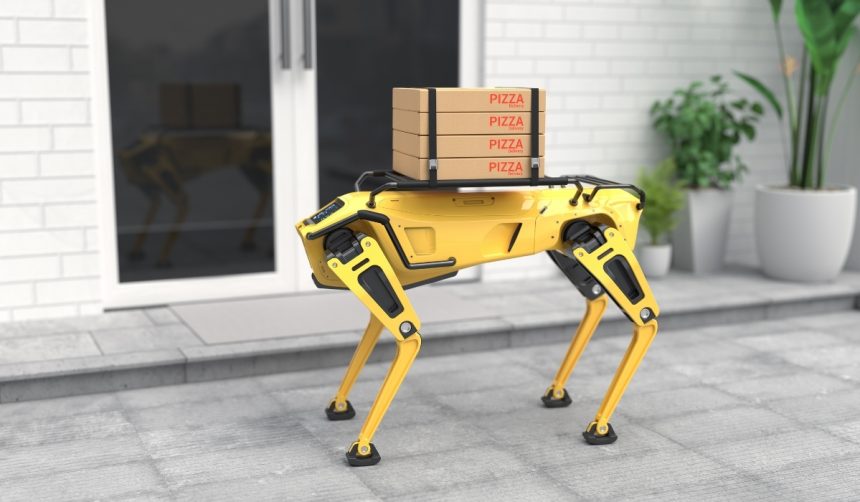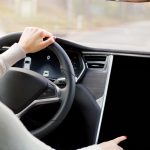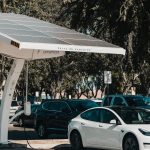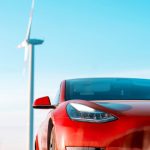Developers of autonomous vehicles (AVs) regularly confront the persistent challenge of navigating adverse weather. Rain, fog, snow, and glare not only limit visibility for traditional vehicle sensors but also create unpredictable road conditions. This scenario raises the stakes for both safety and reliability. In response, AV companies are investing in increasingly sophisticated simulations to replicate these conditions before real-world deployment. The push toward virtual testing underscores a strategic shift — lab-based trials are now critical for refining systems ahead of public road exposure.
Earlier coverage of autonomous vehicle development largely emphasized advancements in navigation, traffic negotiation, and sensor fusion under optimal weather. Steps to prepare AVs for poor weather were generally limited to incremental hardware improvements or restricted real-world tests in select locations with mild conditions. Over time, leading brands such as Waymo and Tesla have openly acknowledged the complexity of rain or snow for their self-driving fleets. Current strategies highlight a greater reliance on simulation platforms — like CARLA — for stress-testing rather than field trials alone, showcasing industry movement toward controlled scenario modeling to supplement gaps in physical datasets.
How Does Weather Challenge Vehicle Sensors and Software?
Camera, radar, and lidar sensors each react differently when confronted with rain, fog, or snow. Water droplets or reduced light can muddy camera images, leading to unreliable object detection and classification. Heavy precipitation can scatter or absorb lidar signals, introducing misleading data into the vehicle’s point cloud. Meanwhile, radar, while more immune to fog and rain, cannot always provide detailed spatial information and can suffer from clutter in wet environments. When multiple sensor disruptions coincide, autonomous vehicles risk misperceptions that could impact navigation and safety-critical decisions.
Why Have Simulations Become Essential for Adverse Weather Testing?
Virtual environments now provide a safe, reproducible space for testing and improving AV decision-making under weather-related stress. By enabling hundreds of varied scenarios — including rare events such as black ice or dense fog — developers can analyze where and why systems may fall short. These simulations allow for high-volume, repeatable experiments in ways that are difficult, costly, or risky to duplicate outdoors. Simulation engines like CARLA facilitate scenario design by adjusting variables such as rain or fog intensity and rendering their physical impacts on each vehicle sensor.
How Are Simulation Workflows Bridging Lab and Road Performance?
To ensure simulation results translate into safer vehicles, AV teams employ hardware-in-the-loop (HiL) and software-in-the-loop (SiL) methodologies. HiL integrates actual vehicle components with simulated sensor data, observing how physical hardware responds to diverse virtual conditions. SiL allows the complete autonomy software stack — from perception to planning — to be validated within a synthetic environment. Companies implement domain adaptation techniques, such as transfer learning and calibration pipelines, to close the gap between simulated and real-world sensor behavior. Logging real-world performance and feeding edge cases back into simulation closes the feedback loop for continual system improvement.
“Simulation enables safe failure analysis without putting physical vehicles, infrastructure, or people at risk.”
Developers are able to generate synthetic datasets mimicking specific scenarios, increasing the opportunity to expose algorithms to rare or extreme conditions and finely tune their response strategies.
While virtual testing has unique strengths — cost-effectiveness, safety, speed, and the ability to model rare events — it comes with limitations. No simulation can completely capture the nuanced physics of the real world, such as rapidly changing visibility or surface conditions. Discrepancies in sensor hardware between simulated and real environments can produce unexpected gaps. Therefore, simulation augments, but cannot fully replace, on-road evaluation. The effectiveness of simulation depends on continuous refinement and robust feedback from real-world trials.
A comprehensive testing workflow now requires both expansive virtual simulation and thorough real-world verification to manage weather-related risks. Insights gained from simulations accelerate the identification of vulnerabilities that may not have emerged from on-road trials alone. For AV developers and stakeholders, awareness of the strengths and boundaries of each method is crucial. Those deploying or evaluating AVs should focus on how developers manage the interplay between simulation and real-world performance, the fidelity of their sensor models, and the system’s ability to withstand a wide range of unexpected events. In regions with variable climates, further emphasis on domain adaptation and frequent data integration remains a key strategy for safe AV deployment.










